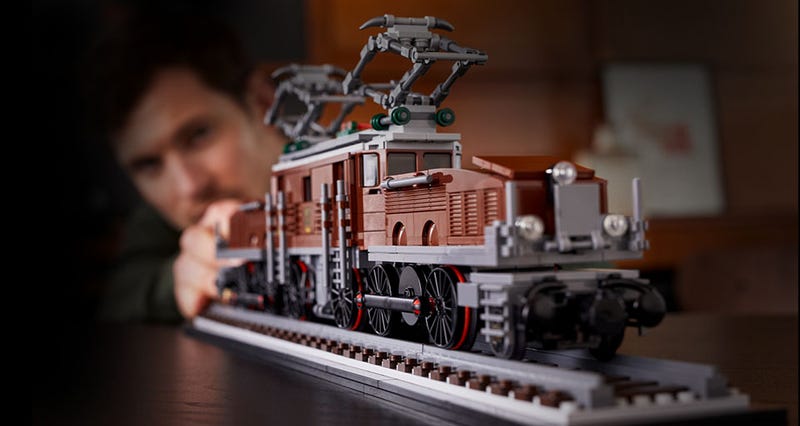Brick to the Future: The story behind the LEGO® Technic™ BMW Hover Ride Concept Model
Brick- and beamer-loving motorheads will know that the design geniuses (genii???) at the LEGO Group have collaborated with the wizards at BMW Group on various vehicles, starting with the small and beautiful MINI Cooper via the LEGO® Creator range as well as many other brilliant LEGO Technic™ design translations. Using the limitless functional flexibility of the LEGO Technic portfolio, these brick-rendered vehicles are a perfect miniaturized LEGO brick homage to the full-size machines.
But back in 2017, a special kind of alchemy arose between these groups of designers and engineers, where the collaboration went beyond what was merely possible…and into something even more forward-thinking, to create the bike of the future.
It all began with a cool collaboration between designers and engineers at the LEGO Group and BMW for the co-creation of the LEGO BMW R 1200 GS Adventure…a lot of numbers and letters which basically spell out what is an incredible BMW motorbike. The LEGO version is a great homage; 603 pieces that together celebrate all the innovative design and engineering packed into the motorbike.
However, when it came to the alternative model, a mainstay of LEGO Technic 2-in-1 building sets, the spirit of inspired collaboration between the two design groups continued and imaginations started to really fly, or more specifically… hover.
The two LEGO designers tasked with creating the alternative model reconfigured the bricks and functions from the original model into something completely different, and together with their partners at BMW Motorrad created a beautifully designed hoverbike, representing the ultimate in solo-riding freedom and adventure.

